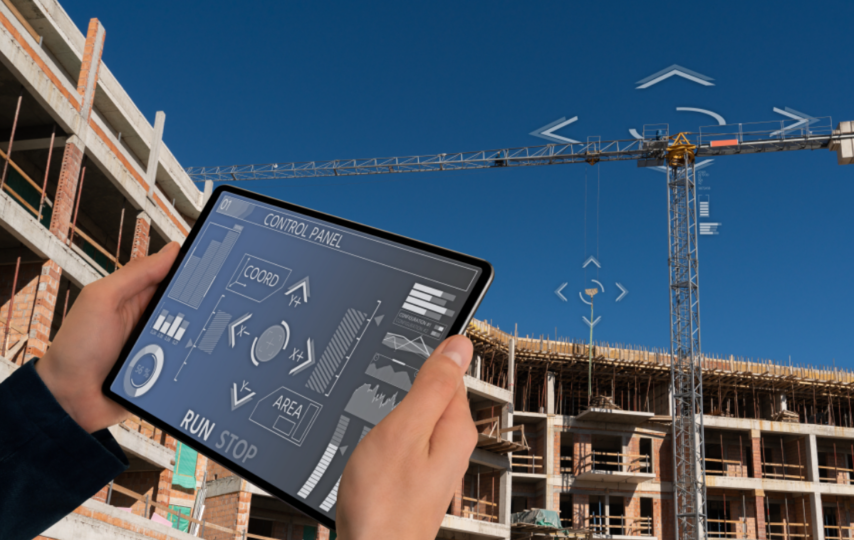Digital transformation continues to take hold of many industries. In design and construction settings, it’s being used to boost efficiency, precision, safety and cost-effectiveness, benefitting all stakeholders involved in projects.
Below, we explore some of the industry-defining technologies that are changing the way we approach design and construction.
Construction Tech
Machinery, tools and equipment have all come a long way in recent decades. Drones now give surveyors and designers a precise view of entire work sites to enhance planning. Simple innovations such as laser levels allow builders to achieve more precise alignments and improve the quality of their work.
Smart machinery and rapidly developing robotics are streamlining building processes and removing the need for many repetitive manual labour tasks. These can all improve cost-effectiveness and boost profitability for design and construction companies.
Safety equipment
Protecting workers in hazardous work environments is imperative for the success of building projects. Safety equipment has developed tremendously and continues to bolster site safety. Smart wearable technology and site monitoring systems gather real-time data on worker vital signs and alert teams to hazards far quicker to boost response effectiveness.
Augmented and virtual reality can help to identify safety issues without having to be present in danger. Furthermore, safety demonstrations in AR and VR can make training much more engaging and specific to each workplace helping to boost safety across the board.
CAD design software
One of the most influential developments in design and construction technology has been computer-aided design (CAD). It streamlines the entire design process from start to finish and allows for a more seamless transition from blueprint to finished product.
With CAD capabilities, designs can be created and modified much more time and cost-effectively, making it easier to deliver to client expectations and budgets. Quick changes and mid-project adjustments can be tried and tested digitally before being implemented, giving construction teams far greater flexibility.
3D printing
CAD designs have paved the way for modular building technology such as 3D printing. Machines can be instructed through digital designs and create physical models and components for a fraction of the cost and time.
This technology is being utilised to manifest tiny components to whole buildings, indicating its widespread application and potential. For project management, the benefits could be immeasurable, with the ability to print materials onsite or build offsite and transport them to a site ready for use.
Artificial intelligence
AI is starting to assist construction companies in better leveraging their data. It’s constantly collected by sensors, cameras, mobiles and other digital devices, but utilising it has always been difficult.
Unlocking data potential is allowing companies to boost efficiency through sophisticated analysis methods and more effectively evaluate workforce planning, safety issues, cost planning and material forecasting.








